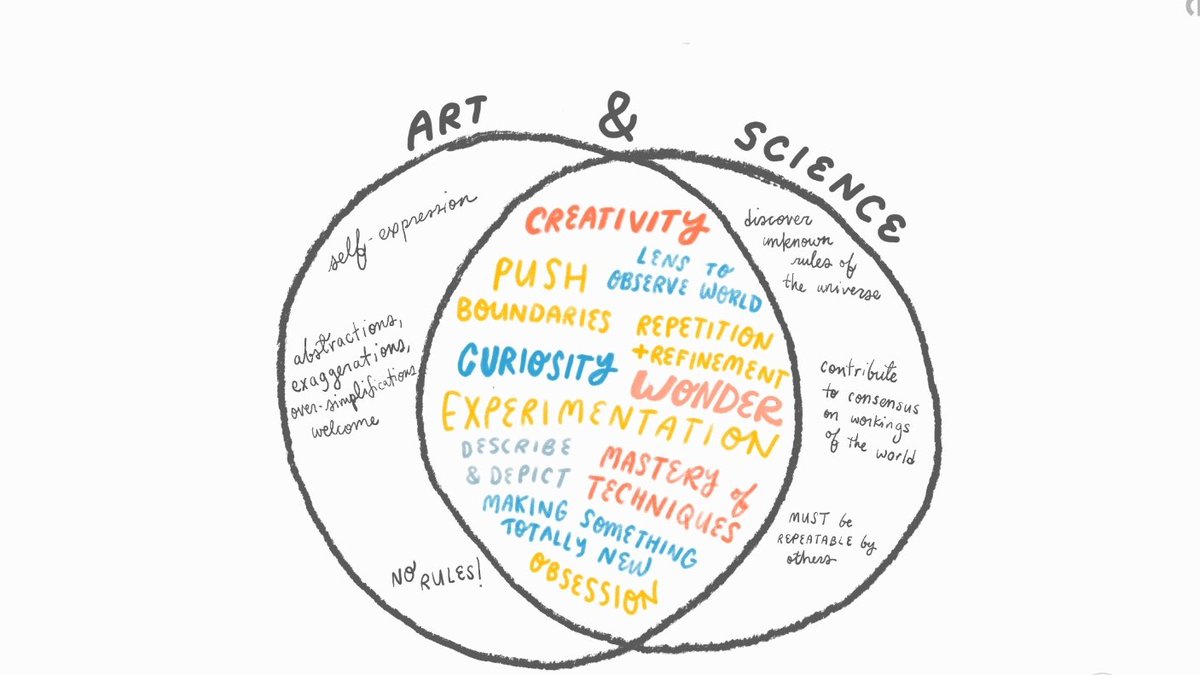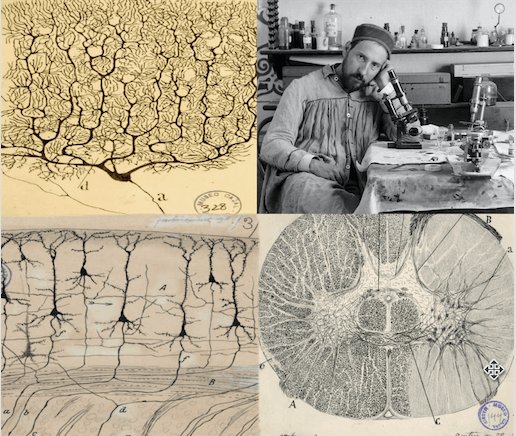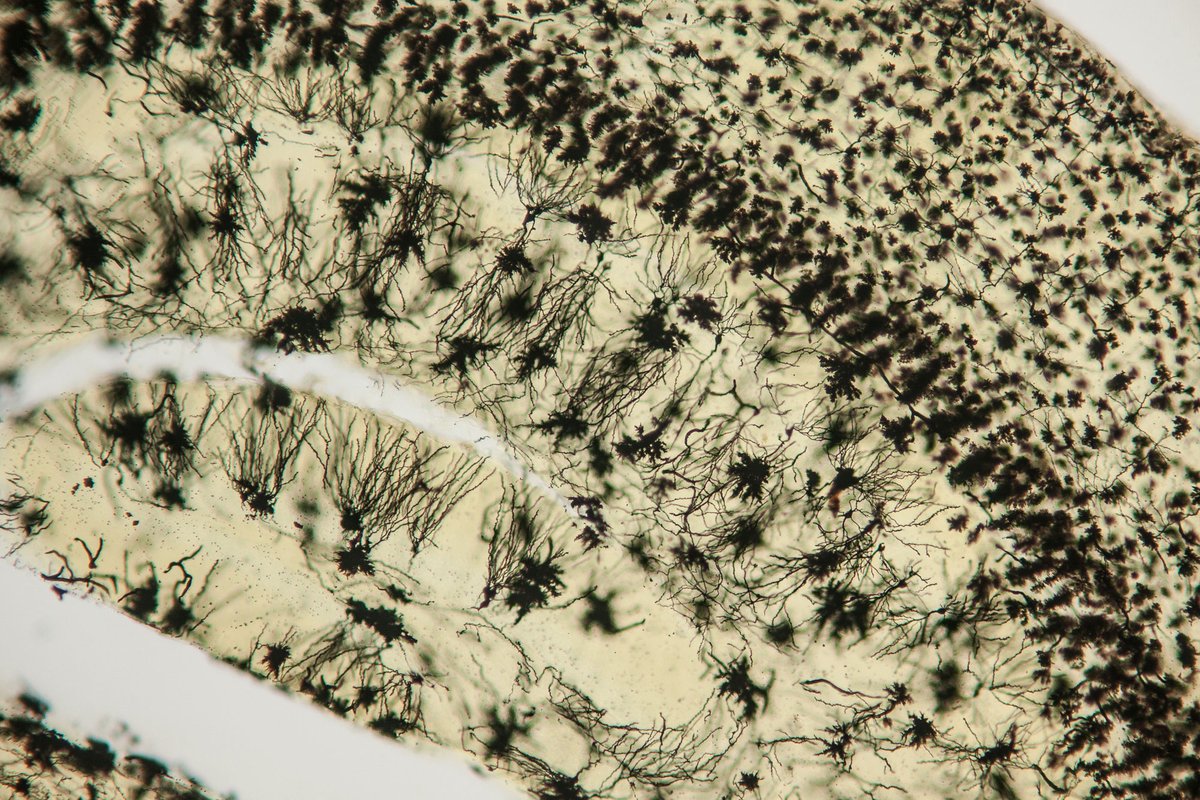As a trained scientist and a self-taught artist, the strongest commonalities I see between science and art are the ways they teach and enable us to understand the world around us.
Drawing hard lines between the disciplines denies their overlap. Many great scientists were artists
Drawing hard lines between the disciplines denies their overlap. Many great scientists were artists
And all artists are experimenters.
The final goals of art and STEM may be divergent, but to dismiss the many similarities, especially when learning/teaching the iterative processes that both often demand, is a disservice.
The final goals of art and STEM may be divergent, but to dismiss the many similarities, especially when learning/teaching the iterative processes that both often demand, is a disservice.
As we encounter new questions about our universe, we adapt our technology and focus to be able to answer them.
Neuroscience is a great example. It draws from biology, chemistry, physics, and engineering.
One of the first arguments in neuro was actually rooted in art.
Neuroscience is a great example. It draws from biology, chemistry, physics, and engineering.
One of the first arguments in neuro was actually rooted in art.
Santiago Ramon y Cajal was an artist (but his dad wanted him to be a dr LOL anyone relate?)
He would often look at neural tissue through a microscope and make beautiful, intricate drawings.
Based on his drawings of neurons, he thought they were discrete units; individual cells
He would often look at neural tissue through a microscope and make beautiful, intricate drawings.
Based on his drawings of neurons, he thought they were discrete units; individual cells
But Camillo Golgi, who invented the staining technique that enabled Ramon y Cajal to see the neurons, thought that neurons must be an interconnected mesh; the whole brain as one unit and not comprised of individual cells.
This argument went on for decades, with Ramon y Cajal adamant about the neuron doctrine, and Golgi unrelentingly defending his reticular theory.
All this debate from the silver staining of neural tissue and how they interpreted the images with their eyes.
All this debate from the silver staining of neural tissue and how they interpreted the images with their eyes.
Decades later, when scientists developed electron microscopy, humanity was able to see things smaller than we ever could, and they saw synapses.
They saw the tiny gaps between neurons and knew that Ramon y Cajal, the artist, was right all along.
They saw the tiny gaps between neurons and knew that Ramon y Cajal, the artist, was right all along.
Dismissing art as tangential, or even disruptive, to STEM is unnecessary. It draws a boundary that need not exist.
Art hones our creativity and imagination, something that every scientist knows to be important when uncovering the secrets of our universe.
Art hones our creativity and imagination, something that every scientist knows to be important when uncovering the secrets of our universe.
So, teach each child and curious adult with whatever tools spark the most wonder and motivate the most curiosity.
Purity tests and tidy boxes of "STEM not STEAM" will perpetuate the falsehood that only certain kinds of thinkers are suited for STEM careers.
Purity tests and tidy boxes of "STEM not STEAM" will perpetuate the falsehood that only certain kinds of thinkers are suited for STEM careers.
We can teach people equations and laws.
It& #39;s much harder to teach the excitement of a blank canvas, of running towards the unknown, of spending hours mastering techniques when failure feels unsurmountable.
It& #39;s much harder to teach the excitement of a blank canvas, of running towards the unknown, of spending hours mastering techniques when failure feels unsurmountable.
Science and art are not separate, despite how the current educational system is set up.
Interdisciplinarity facilitates new growth, and there is no need to prevent cross-talk between STEM and the arts. Do both! Do it all!
Interdisciplinarity facilitates new growth, and there is no need to prevent cross-talk between STEM and the arts. Do both! Do it all!

 Read on Twitter
Read on Twitter




